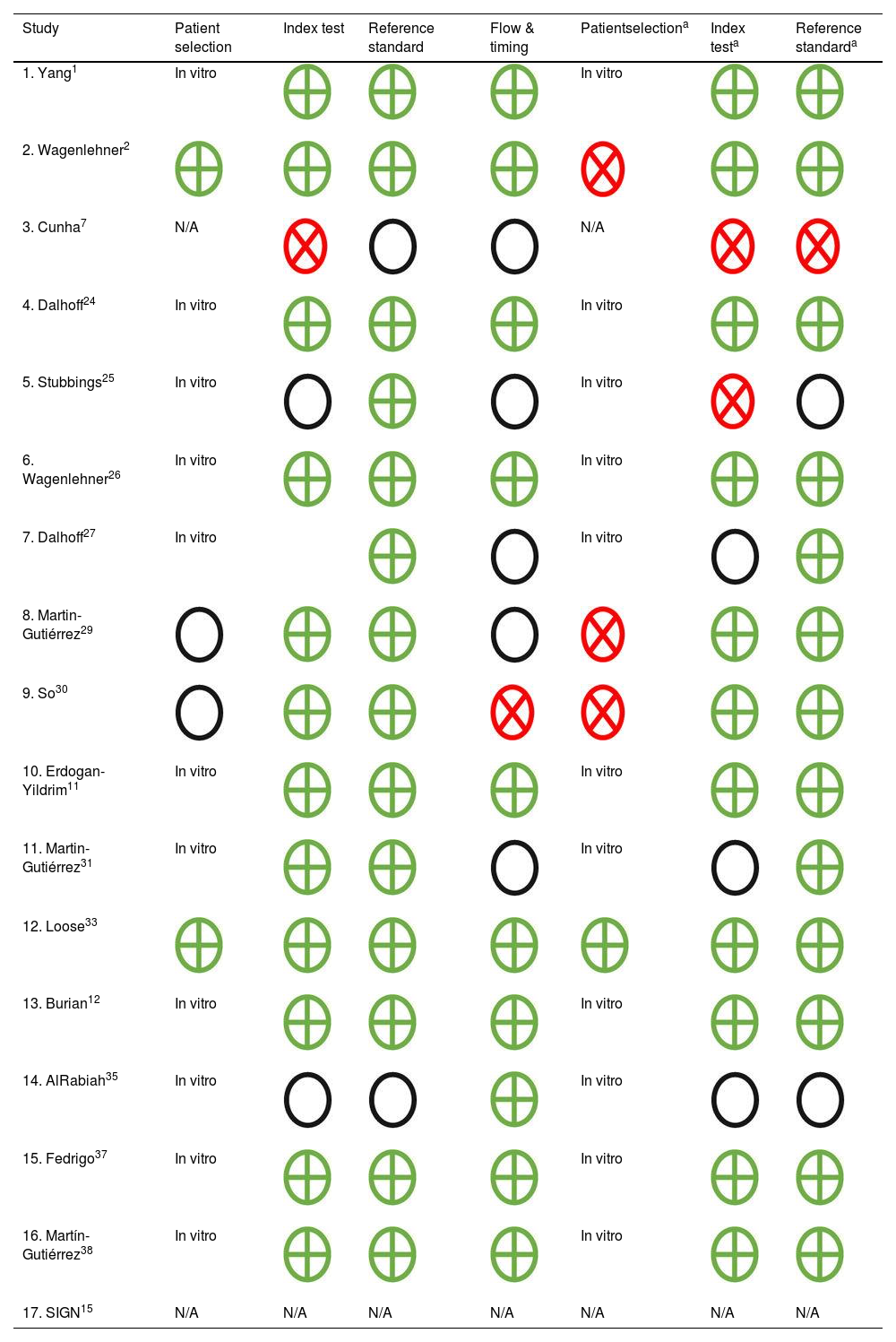Uncomplicated urinary tract infection (UTI) is the most common bacterial infection in women. Since 1948, the relationship between urinary pH and antibiotics (ABs) has been established. We aimed to search for the best urinary pH for each family of antibiotics and to assess whether pH changes bacterial susceptibility to them. We included in vitro research and in vivo studies including one or more bacterial species and tested the effect of one or more ABs at different pH values. We also included randomized controlled clinical trials (RCTs) in uncomplicated UTI (EAU guidelines 2019 definition), choosing the ABs based on urinary pH or using an antibiotic plus urinary pH modifiers (L-methionine, vitamin C…) vs. an antibiotic and a placebo. Quadas-2 tool was used as a quality assessment of the studies and PRISMA set of items for systematic reviews. Two authors independently screened and evaluated the papers, while two additional authors individually repeated the search. A fifth researcher acted as an arbiter, and another author collaborated as a hospital pharmaceutical consultant. Alkaline-friendly antibiotics are most fluoroquinolones, aminoglycosides, trimethoprim.
Acidic-friendly antibiotics are fosfomycin, tetracycline, nitrofurantoin and some β-lactams. We suggest performing urine cultures with antibiogram tests, in both acidic and alkaline media, to define the bacterial susceptibility profile. There is insufficient in vivo evidence to support whether choosing an antibiotic based on a patient's urinary pH or adding urinary pH modifiers will lead to a higher cure rate.
La infección urinaria (ITU) no complicada es la infección bacteriana más frecuente en las mujeres. Desde 1948 se conoce la relación entre el pH urinario y los antibióticos (AB). Nos propusimos buscar el pH urinario más apropiado para cada familia de antibióticos y evaluar si el pH modifica la sensibilidad bacteriana frente a estos. Se incluyeron ensayos in vitro y estudios in vivo que incluían una o más especies bacterianas y se analizó el efecto de uno o más AB a diferentes valores de pH. También se incluyeron ensayos clínicos controlados aleatorizados (ECA) en ITU no complicada (con la definición de las directrices de la EAU de 2019), eligiendo los AB en función del pH urinario o utilizando un antibiótico con modificadores del pH urinario (L-metionina, vitamina C, etc.) frente a un antibiótico y un placebo. Se utilizó la herramienta Quadas-2 para evaluar la calidad de los estudios y el conjunto de ítems comprendidos en la declaración PRISMA para las revisiones sistemáticas. Dos autores revisaron y evaluaron los trabajos de forma independiente, y otros dos autores repitieron la búsqueda individualmente. Un quinto investigador actuó como árbitro, y otro autor colaboró como consultor farmacéutico hospitalario. Los antibióticos cuya actividad es favorecida en medios alcalinos son la mayoría de las fluoroquinolonas, los aminoglucósidos y la trimetoprima.
Los antibióticos cuya actividad es favorecida en medios ácidos son la fosfomicina, la tetraciclina, la nitrofurantoína y algunos β-lactámicos. Se sugiere realizar urocultivos con antibiograma, tanto en medios ácidos como alcalinos, para definir el perfil de susceptibilidad antimicrobiana. No hay pruebas suficientes de estudios in vivo que respalden la elección de un antibiótico en función del pH urinario del paciente o el uso de modificadores del pH urinario para obtener tasas más altas de curación.












